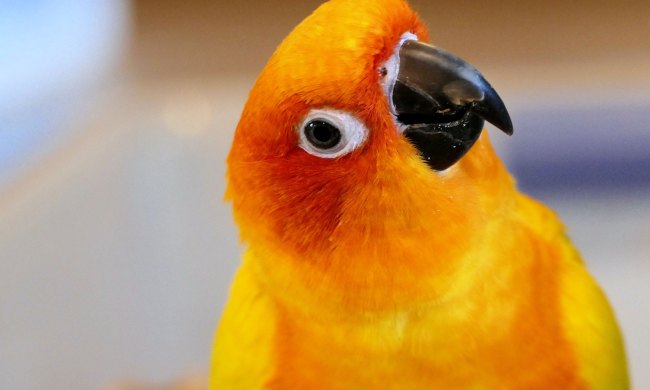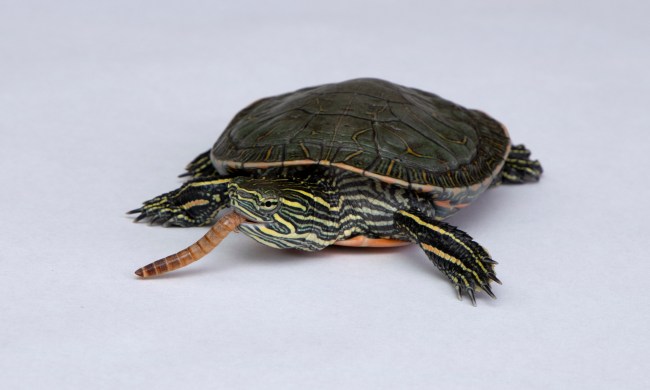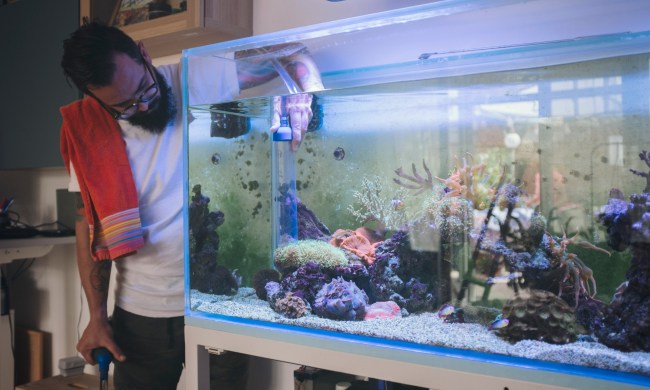If you’re looking for great pet options for kids, or if your children have been asking for a pet, a bird can be a great choice. They teach different responsibilities than a dog or a cat would but with the same valuable lesson behind them. How do you know if your family is ready for a feathered friend?
There’s a lot to consider before bringing a bird into your home, including (but definitely not limited to) finding a vet, building an environment they’ll enjoy, and even educating yourself about avian behavior. Luckily, these are activities the whole family can be involved in. With so many diverse species of birds available in pet stores and through rescues, you’re bound to find someone whose needs and behaviors fit right in at your house. Before you make the move, though, be sure you’ve thought it through — bringing home a bird can be life changing for kids!
Why are birds great pets for kids?
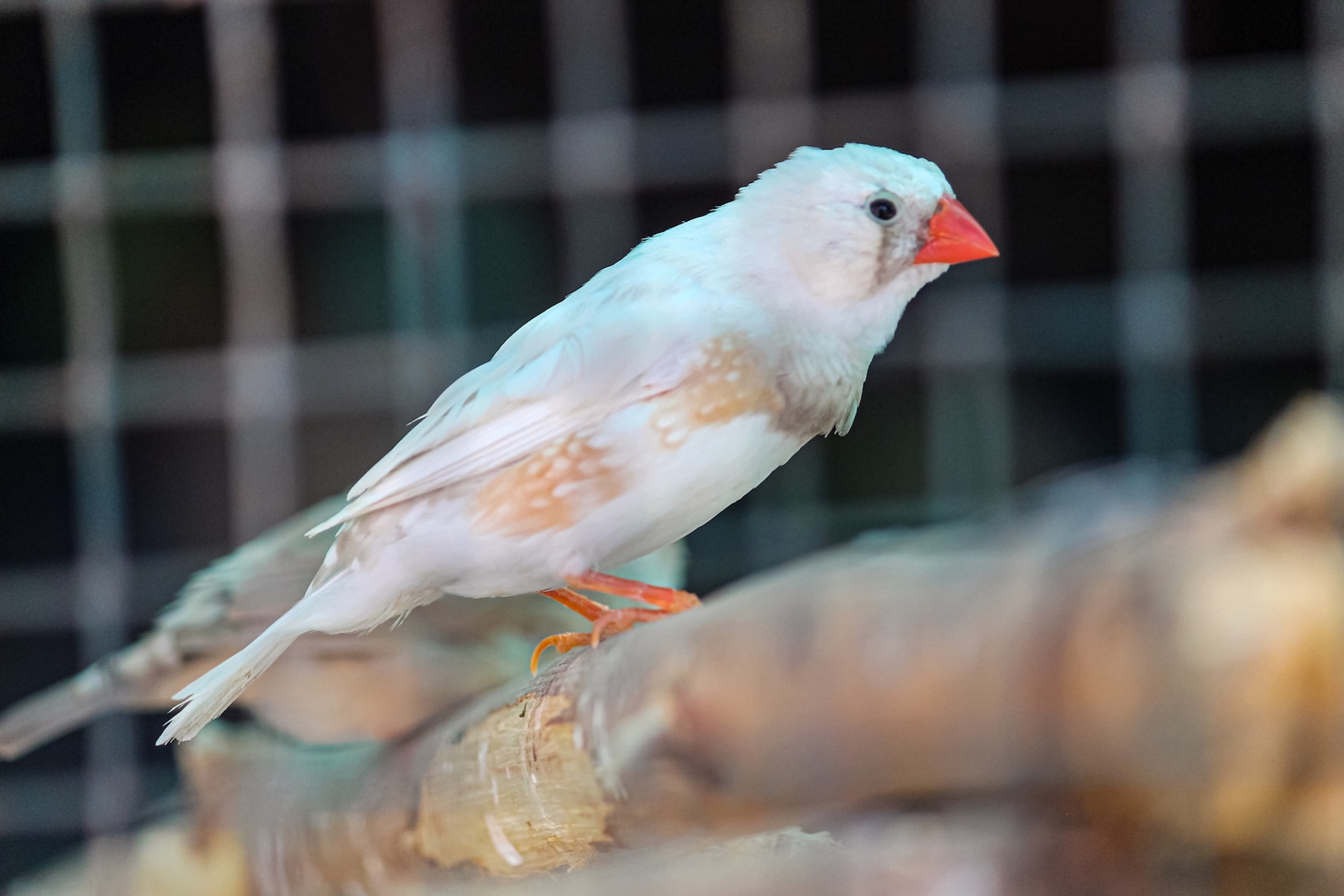
Birds are small enough to be handled by children, but their personalities can be huge! Even the most hard-to-impress teens will be entertained by the new family friend. With species as tiny as finches, even younger children can learn to be gentle with a pet. These smaller species won’t take up quite as much space in your child’s bedroom either. Having the bird in their room can be a wonderful incentive for your kids to clean, too, especially if they want to keep their space stink-free.
If your home isn’t ready for a wandering pet, like a cat or dog, a bird can be nearly as interactive! Many birds love being petted or getting scratches, while others will have full-on conversations with your kids. Since most common pet bird species are diurnal — meaning they sleep at night and are awake during the day, like people — they’ll be active when your children are. Birds require around 10–12 hours of sleep per night, although some species are light sleepers. Your kids can help their feathered friend sleep with a nighttime cage cover, which you can use as part of a bedtime routine to help everyone get to sleep on time.
What are the best birds for kids?
It will help to consider your kids’ capacity for responsibility (and how much you’re willing to help out) when selecting the right pet for your home. Some birds require a lot more attention, space, or entertainment than others. Ask your child if they prefer a bird that will be comfortable being held, or if teaching their bird to speak sounds interesting. Different birds have different talents!
Finches are fantastic low-maintenance pets for kids because they often prefer the company of a mate over that of a person. A pair of finches will be satisfied living in a cage with some flying room, so these guys might need a little extra space. While finches are known for their sweet chirping, they aren’t truly tame. These birds don’t like to be handled, although they’re very friendly from a short distance.
Canaries, which are known for their musical sounds, have a similar disposition to finches. They don’t want to be held, but you’ll have gorgeous birds and their songs to keep you and your kids riveted. These birds especially love a clean space, so this is a great opportunity to sneak some extra daily chores into your child’s routine. Win-win!
Parakeets (aka budgies) require more constant care but can be even more interactive with older kids, maybe 8 years old — it’s up to you to determine whether your child is ready. Parakeets can get sick within 24 hours if not fed, so make sure an adult keeps an eye on their feeding schedule as well. However, parakeets can be quite easy to train once you find a reward they love. Training a pet can teach kids patience and communication skills, and they will love being able to hold their feathered friend.
What to know before you get started
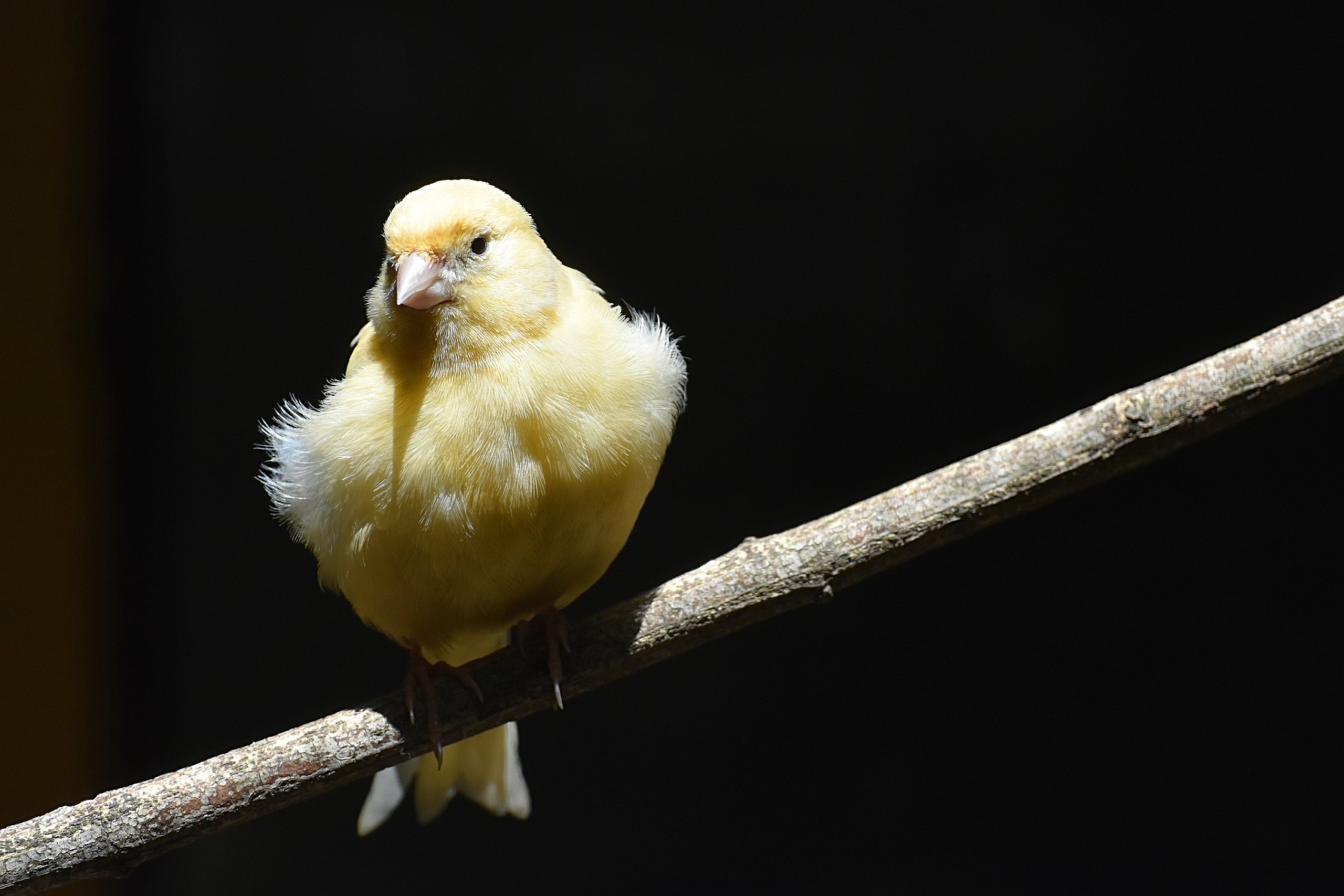
The most important thing to know is that you’ll need to do a lot of research before bringing a bird into your home, especially on what do baby birds eat. If this pet will be your kids’ responsibility, they should take some time to learn about birds before handling an actual animal. Every bird’s needs are different, but you can learn a lot by looking into their species. Just like children, each bird has their own personality and tendencies, which you’ll get to know over time. When you have a pet, you never stop learning.
Building your bird’s ideal environment is oh-so-important. Depending on the species of your pet, your bird might be interested in having plants, rocks, or other natural features in their enclosure. No matter what, though, a perch is a must-have. Birds are on their feet constantly and need places to stop and rest. Your little friend will love having a toy or two in the cage, and you’ll love that they get to expend their excess energy productively.
When in doubt, always ask your vet for advice. An avian expert will be able to guide you in the right direction, whether you’re wondering about health, nutrition, or overall care. Bring your child to ask questions and get answers, too — they’re the ones who asked for a bird in the first place, after all!

